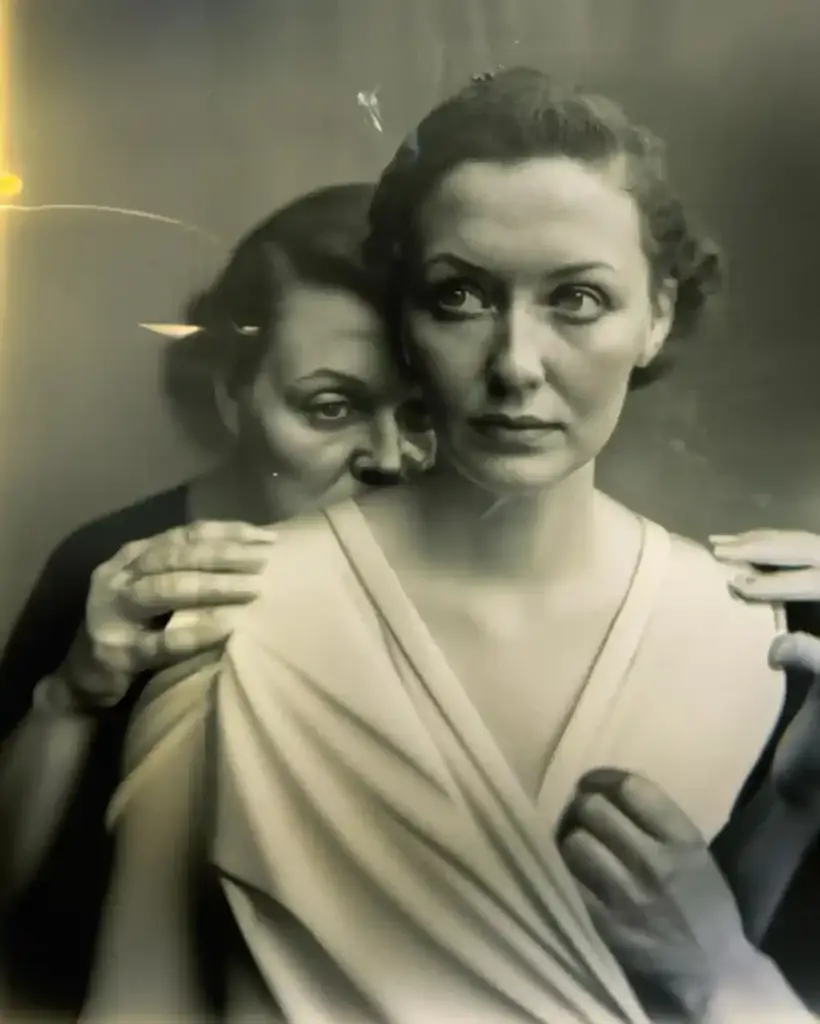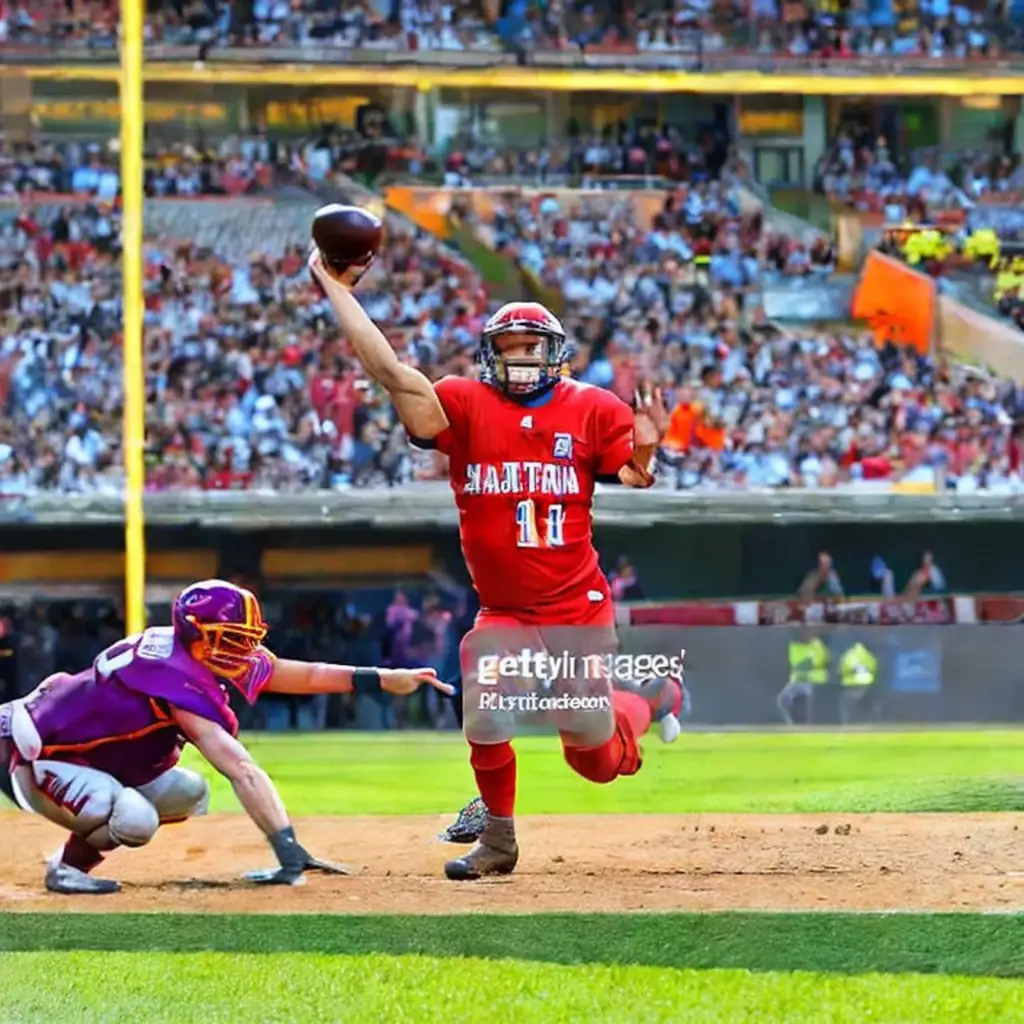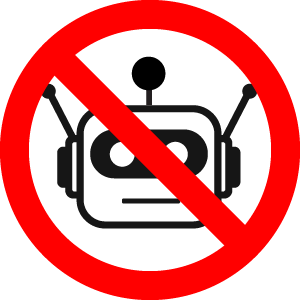Arguably the greatest tragedy that has emerged from the widespread use of Artificial Intelligence and generative AI is the toll it has taken on some of the world’s most talented artists. The imagery might look pretty, but are you aware of the real problem with AI-generated art?
Imagine spending your entire life perfecting an art, creating a unique style that people are willing to pay for creating a livelihood based purely on grit, hard work, talent, and thousands of hours of practice – only for a 14-year-old in a Nebraska basement to put some prompts into a soulless string of code and produce the exact same thing. Sometimes literally.
Table of Contents
After massive generative AI software such as Dall-E 2, Midjourney, and Stable Diffusion hit the public market, thousands of stories of artists seeing their work regurgitated all over the web emerged. It’s nothing but a gruesome plague ruining not just artists’ livelihoods, but our very social-emotional perception of what art is.
In this article, I will delve deeper into the problem of the widespread use of AI-generated art and how it is affecting real people around the world.

#1 Replacement of Human Artists
All over the world, jobs are being affected by the plague of widespread Artificial Intelligence. Jobs in every sector, including both blue- and white-collar, are being impacted in ways we never imagined possible before. Buzzfeed just laid off 12% of its entire workforce to AI back in December, and IBM is also getting rid of almost 8000 workers to also be replaced by Artificial Intelligence.
McKinsey predicts that by 2030 almost 30% of the workforce of the entire world will lose their jobs as a result of AI. This news may come as a surprise and be particularly tough for most industries. However, the creative sector has already been facing this issue for quite some time. They are aptly known as the first casualties of AI, as various artists across the globe have lost their sources of income to machines in a very short amount of time.
In China, the demand for video game illustrators has almost completely disappeared as a result of Artificial Intelligence. Thousands of people are losing their jobs to art with no human touch. Trust me, this new form of art production isn’t remotely as close to what human art can do for our experiences – but massive multibillion-dollar companies don’t care about that, they care about their multibillion dollars.
When German photographer Boris Eldagsen submitted the AI-generated photo below to the Sony World Photography Awards and won — the art world was all of a sudden face-to-face with an unexpected predicament. The reality was that even though the photo is beautiful and captures what we would consider human emotions, all integral and subliminal value was removed once it was clear that the image was AI-generated.

AI-generated content is simply just an imitation of real human art. If you are aware that what you’re looking at is AI-generated, it suddenly loses all meaning. In middle school, I used to write little poems for my “girlfriend”. She loved my poems not because they were good, but because they held meaning, and they held meaning because they were made by me. That’s the essence of human art.
#2 AI-generated Plagiarism and Lawsuits
In January of this year, GettyImages sued AI art generator Stable Diffusion for copyright infringement, after several of their AI-generated art would show literal traces of the Getty Images logo.
The lawsuit is a clear example of how AI-generated art isn’t the product of an amazing creative mind formulating emotions into artwork, but rather a string of code regurgitating the data it is fed. In this instance, the data happens to be a bunch of GettyImages artwork.
The fact that these things are even happening in the first place is a clear sign that not only does AI-generated art hold less value — it is also straight-up unethical. It is stripping real artists’ talents down to a washed-up imitation of what once was. It’s like taking someone else photo, putting a filter on it, and calling it yours.

#3 Quality, value and integrity
“But in the end, everything is art” is the most common counterargument I get when I argue that AI-generated paintings and photos are less valuable than human-made ones. The argument is ridiculous, makes no sense, and is completely beside the point.
I agree. Everything is art – but for it to be good art it must reflect emotions portrayed by an artist with real experiences, perspective, and emotional intelligence. Even Andy Warhol and his soup cans are art because behind the cans of soup was a statement.

AI does not generate any statements; it simply regurgitates. It is like tracing a picture someone else drew in your own hand and claiming that it is your own: in a sense, I suppose it is because your hand traced it, but you were no part of the creative process.
Art needs to come from someone with a real perspective, with experiences and human emotions portrayed in whichever sense they feel like. The reason Boris Eldagsen’s photo won the Sony Pictures Award, was because his photo sparked an emotion that people at the time believed had come from the mind of a human. It gave it value, and when that value was removed the photo became worthless.
All forms of art build their beauty on the person behind it, and that is why I do not believe that a 14-year-old putting loose prompts into Midjourney constitutes proper art. I will die on this hill.
Why AI Art is Bad…
The frustration behind articles, blog posts, and entire magazines now being produced by Artificial Intelligence is the reason that I started writing this blog. I am not saying that one cannot use AI to create imagery or blog posts at all, but there should be regulations requiring anyone who does so (especially if they are earning money off of it) to put a disclaimer at the start of the content first.

I guarantee you that most people will stop reading right away, because why would they want to just read ChatGPT’s opinion on anything? I don’t want Midjourney’s interpretation of human emotions; I want a human’s interpretation. Statistics show most people agree.
This is why I have created these free No AI badges for content creators to put on their sites and content, so readers can see that the content is real and made by a human. It is so important we that hold the creators behind AI-generated art accountable, and that we ensure the support of real humans, real artists, and real emotions.
THIS ARTICLE WAS MADE WITHOUT THE USE OF ARTIFICIAL INTELLIGENCE.